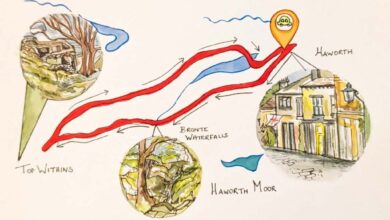A Walk of Thornton Reservoir and Bagworth Heath, Leicestershire
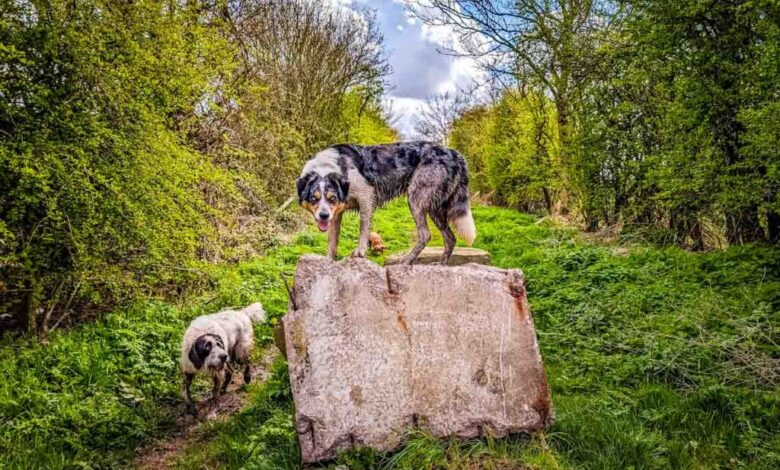
This Thornton Reservoir and Bagworth Heath walk is a lovely 6 mile walk with lots of variety and history in store when in the Leicestershire area.
Plenty of water to walk beside as well as lots of woodlands of many types. Once away from the reservoir I found it a very quiet walk too that is very dog friendy.
It is hard to imagine how this area looked in the days coal mining. A bit of time and so much work to change the landscape into these gorgeous woodlands has happened. As the birds sing in the trees it is difficult to imagine the coal industry was in force here until the 1980s.
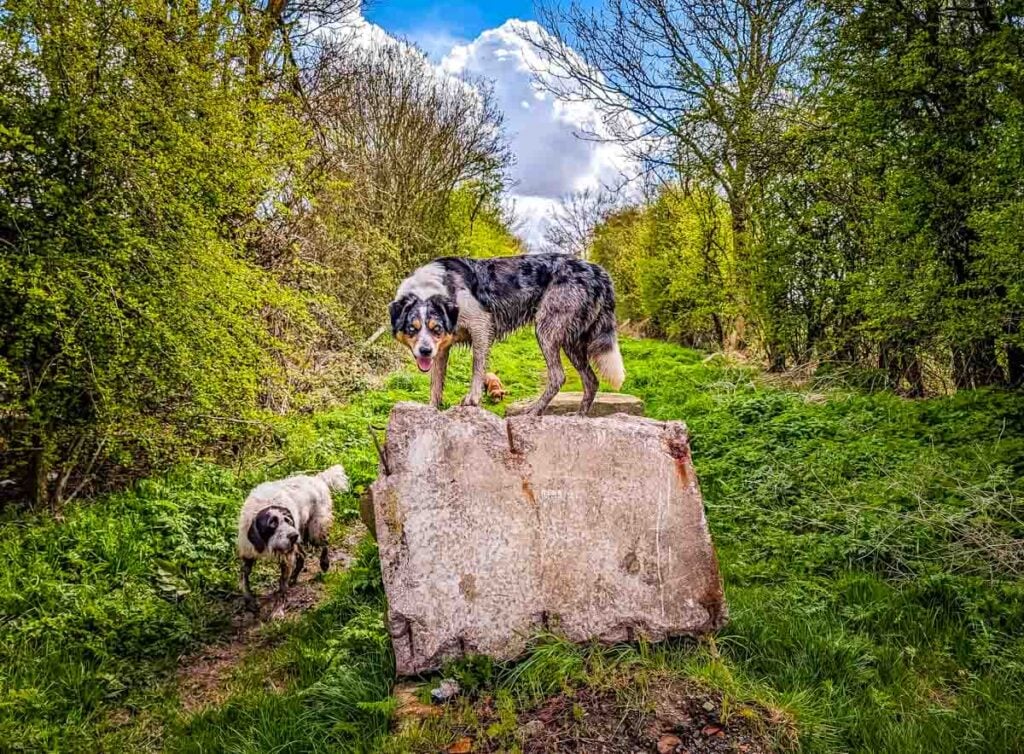
let us take a deeper look and follow our footsteps.
Walk Route Details
Thornton Reservoir
The walk starts with an anti clockwise walk almost all the way around Thornton Reservoir itself. As soon as you get out of the car at the car park you are greeted by birds on the water and landscapes across the water. A good sign of a good walk ahead.
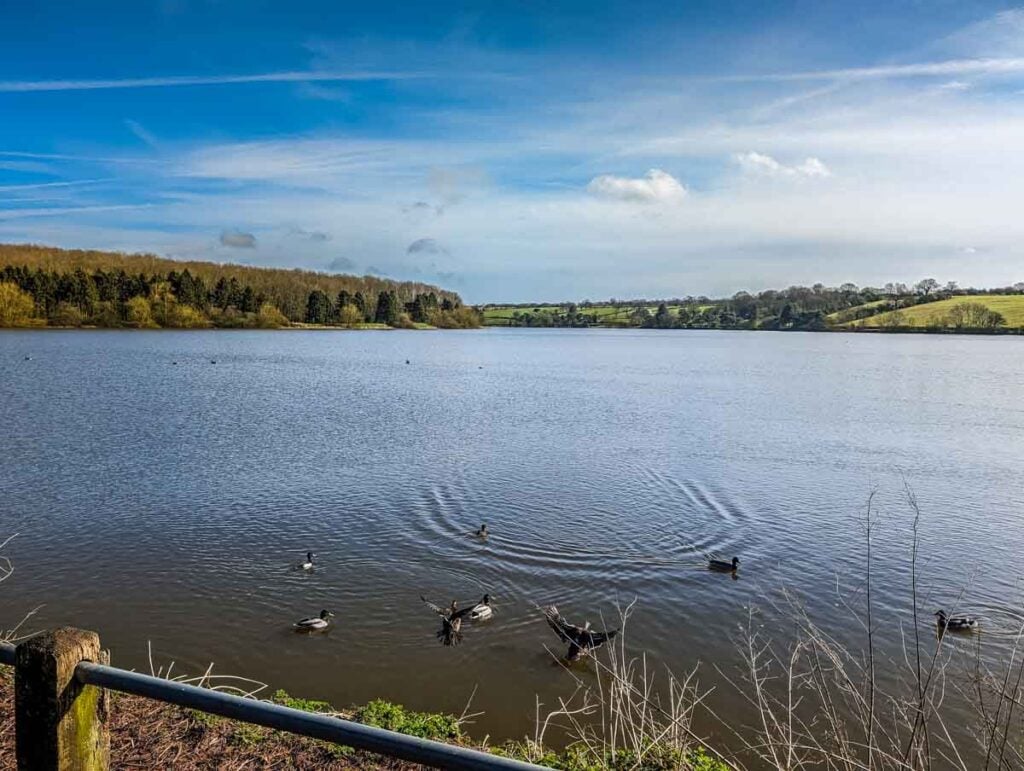
Thornton Reservoir was started to be built in 1847 and the first water received from it was in 1853. This 2.45 mile perimeter reservoir was at the time supposed to be sufficient to supply water to all of the then 55,000 residents of Leicester. The first building to receive water from Thornton Reservoir was Thomas Cook’s (of travel agent fame) Temperence Hall. A building he built as an assembly point for people travelling with his company and to help keep them away from alcoholic drinks as they waited. The Temperence Movement was to promote teetotalism and be anti alcohol.
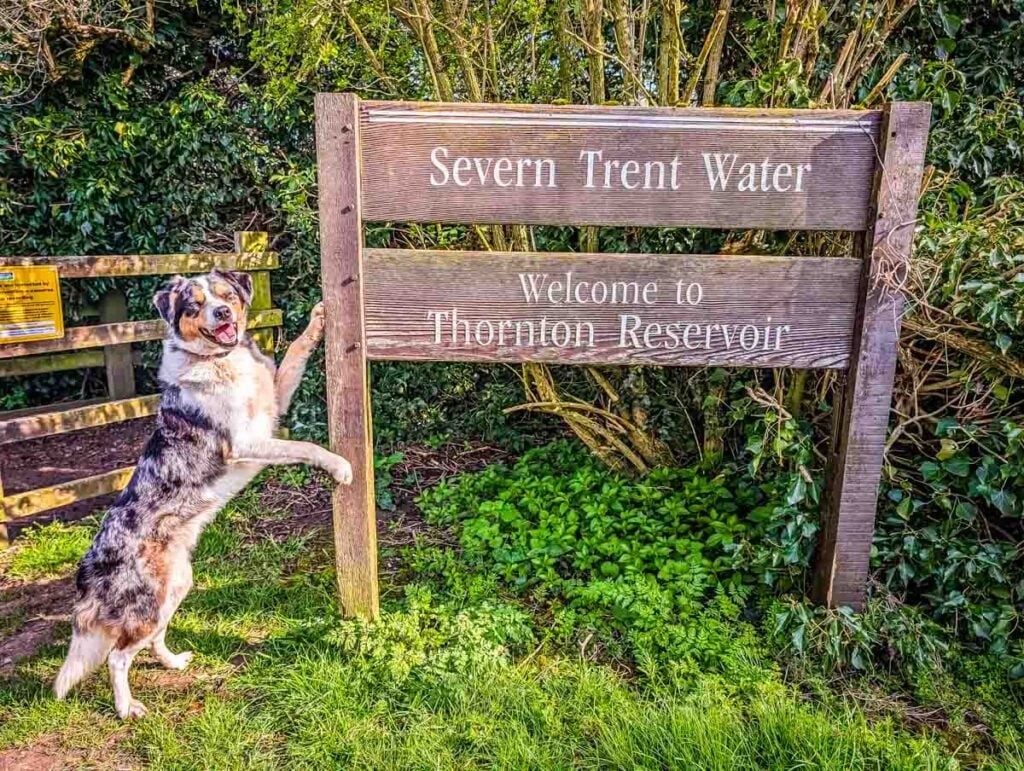
This section is generally the busiest part of the walk with people enjoying the path around the reservoir. Joggers, dog walkers, families, all enjoying the sunshine by the water.

Once 3 quarters of the way round you head away from the water and through Thornton village itself.
Thornton Village and The Steam Whistle
This small linear village that overlooks the reservoir has a connection to the steam engine era. It was once a stop on the old Leicester and Swannington Railway. A line that delivered coal from the West Leicestershire Collieries to Leicester. The great engineer George Stephenson had moved to the area, Ravenstone, near Coalville in 1832, to help consult on the line’s construction. he also invested in it.
On the 4th May 1833 an accident occured at Thornton where a train hit a horse and cart. The train drivers until that point only had a bugle to signal they were incoming and on ths occasion was not heard by the horse and cart rider. This cost the railway company a new horse, a new cart, 50 lb of butter and 80 dozen eggs!
To solve the problem going forward after this incident George Stephenson invented the Steam Whistle. A sound that became familiar the world over.

The walk crosses over the main road in Thornton and drops down through the opposite side, through a couple of paddocks, before crossing the railway line.
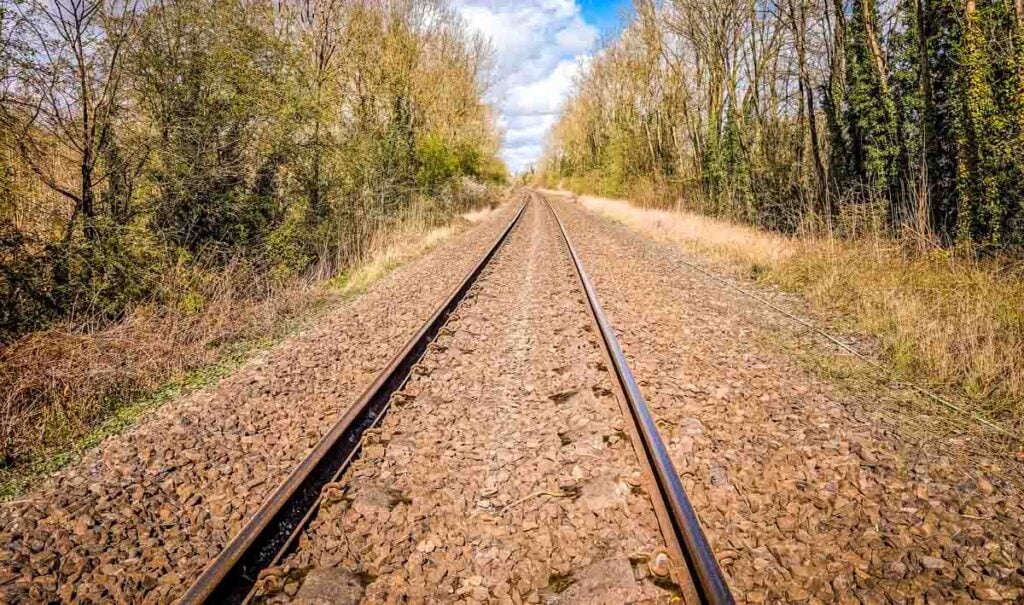
Manor Wood
Immediately after crossing the railway line you enter Manor Wood. A change in scenery from the first part of the walk, away from the water and the village and into the trees.
After the railway line you keep going and straight on at the first 2 path junctions before the 3rd you will see a more tarmac path leading off to the left. Take this and you seemessly walk into the woods of Bagworth Heath.
Bagworth Heath
As you pass through the beautiful scerenity and wildlife of Bagworth Heath it is hard to imagine that for most of the 20th Century it was a colliery. Desford Colliery.
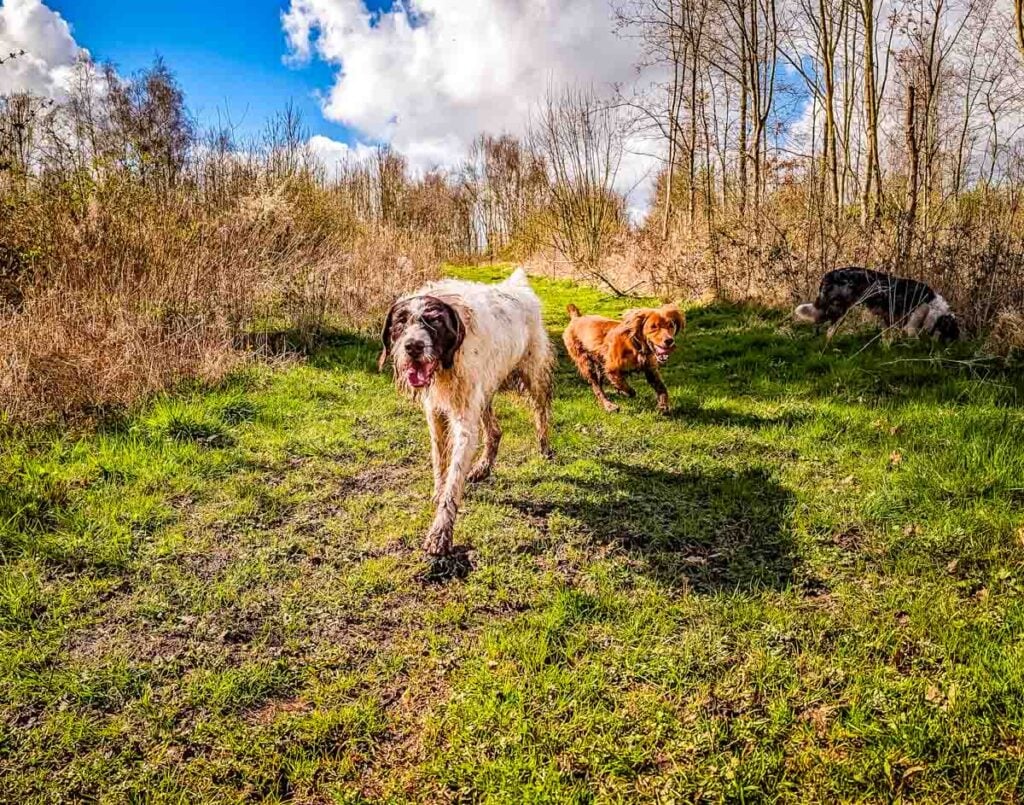
Since the council took over the coal mining scarred colliery in the 1990s the place has been absolutely transformed into an natural oasis.
There are lakes, woodlands, meadows and heathlands to explore. This path takes you right down and through it all. At one of the largest lakes you will see a colliery pit wheel standing as a memorial to the area’s former use. Bagworth Heath is well worth a visit separately on its own too one day as there are trails to explore in every direction.
After passing by the large lake you will come to a gate that leads to a road. Be careful and turn right along the road for a couple of hundred metres then left and back into a woodland. After the initial car park on your left you will see a large metal sculpture. This is the spot of the colliery and the sculpture is in memory of the miners.
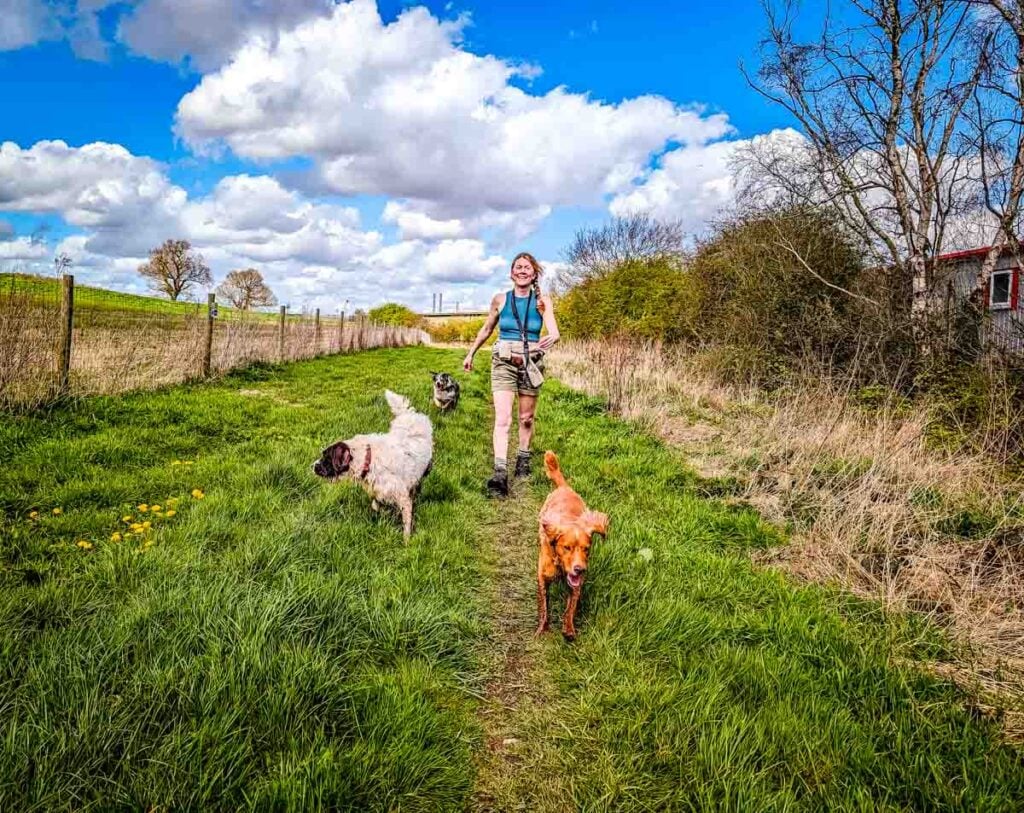
After walking up through the woods the path zig zags along between the trees. Keep an eye on the GPS I gae you earlier.
Behind the trees to your left is the brickworks and a road runs behind the trees on your right. The path somehow keeps that feeling of being out in nature for sure.
After passing down across the access road for the brickworks you will come out at a lovely lagoon before crossing back ovet the railway line again.
Final Stretch
After all that variety you have the village of Thornton back in your sights with some open pastures and meadows to cross first.
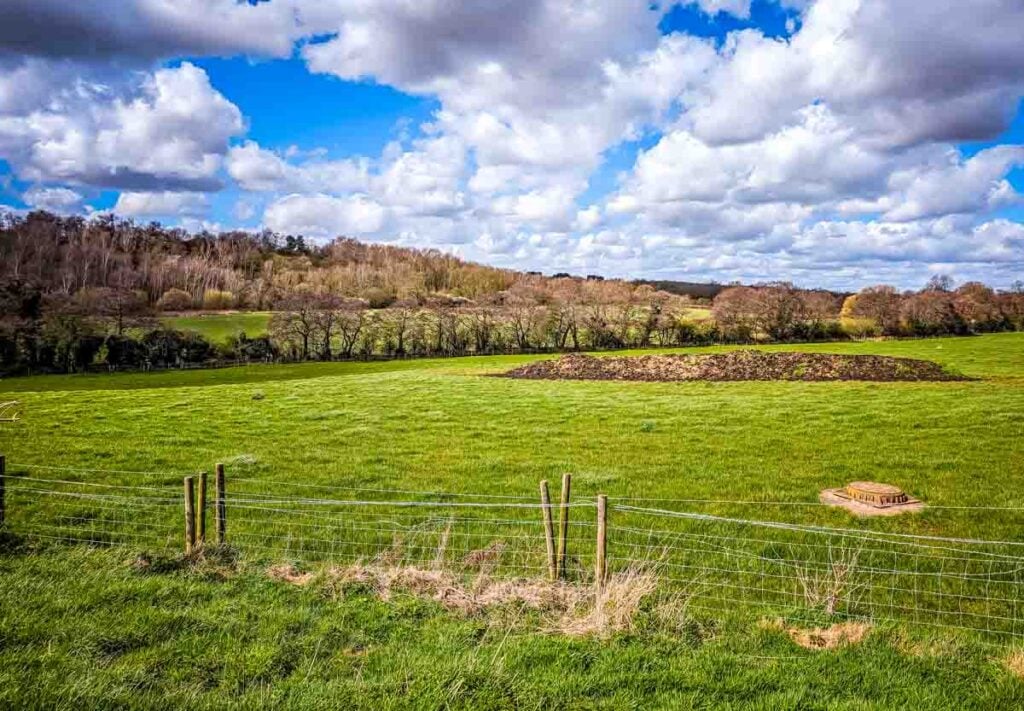
Follow the path back up to the viallage and then a short way back down to the Thornton Reservoir Car Park where you started, perfect time for a well deserved cuppa.

Conclusion
This walk of Thornton Reservoir and Bagworth Heath was a great surprise to me as I found so much history and interesting things along the route. A route that well connects the wildlife areas around Thornton Village, Leicestershire. It also shows the connection between an industrial past to now, a wonderful natural paradise.
Source link


